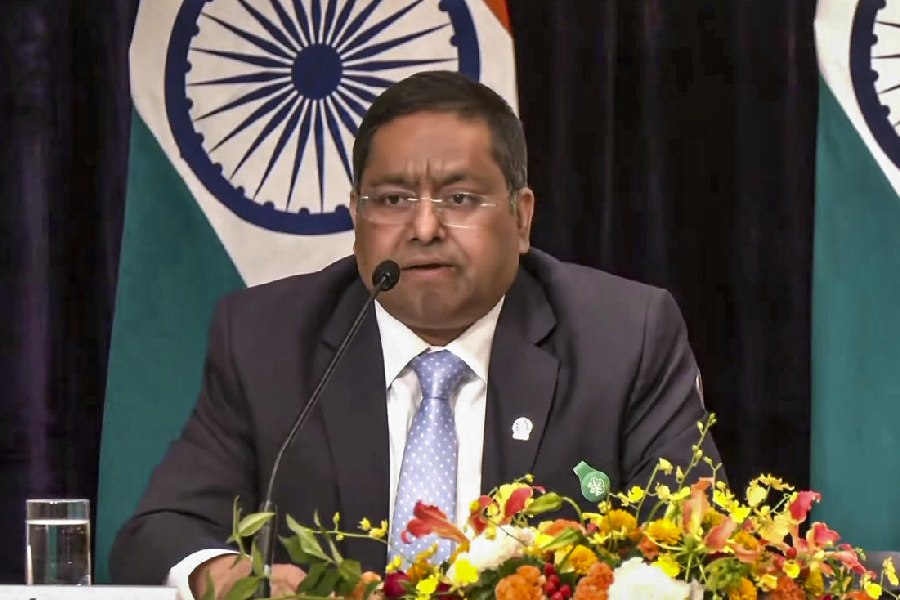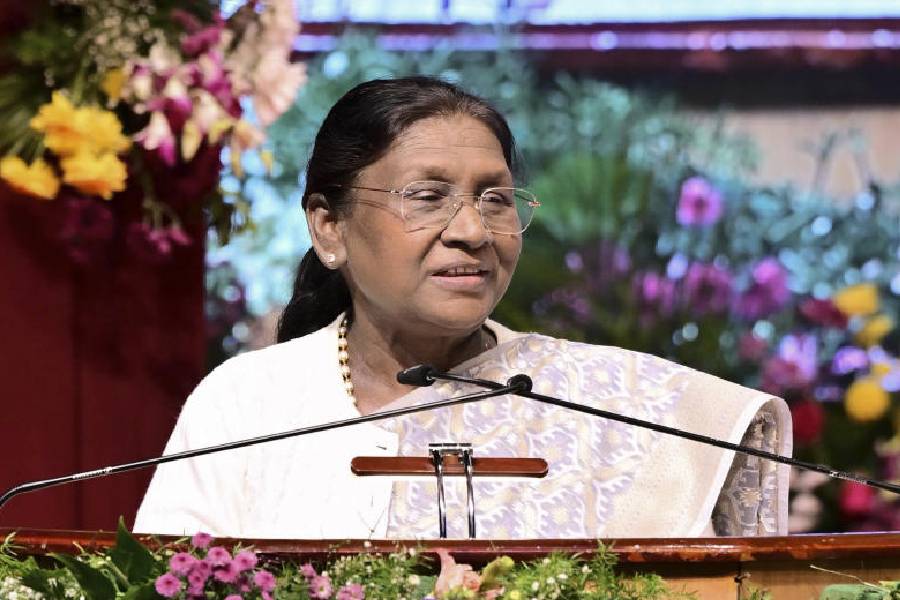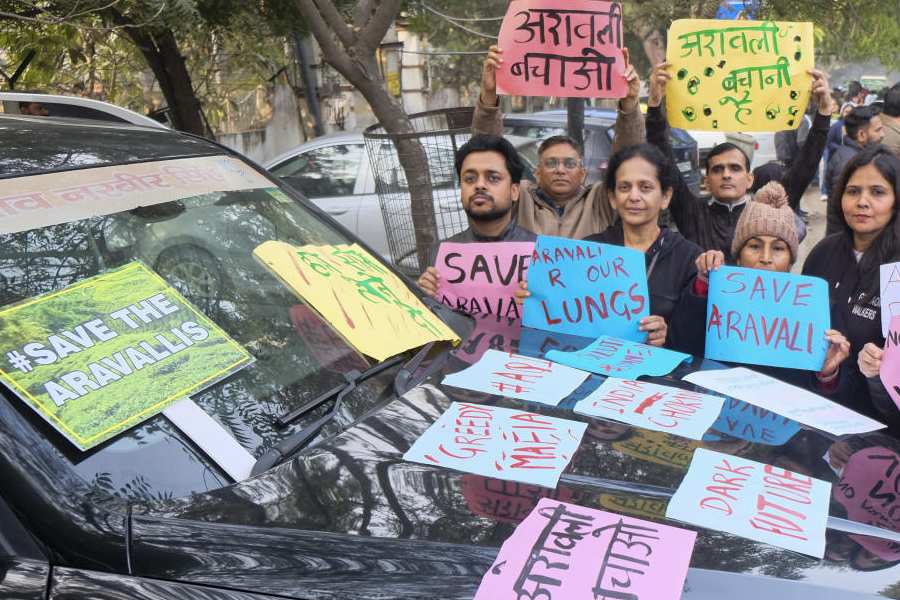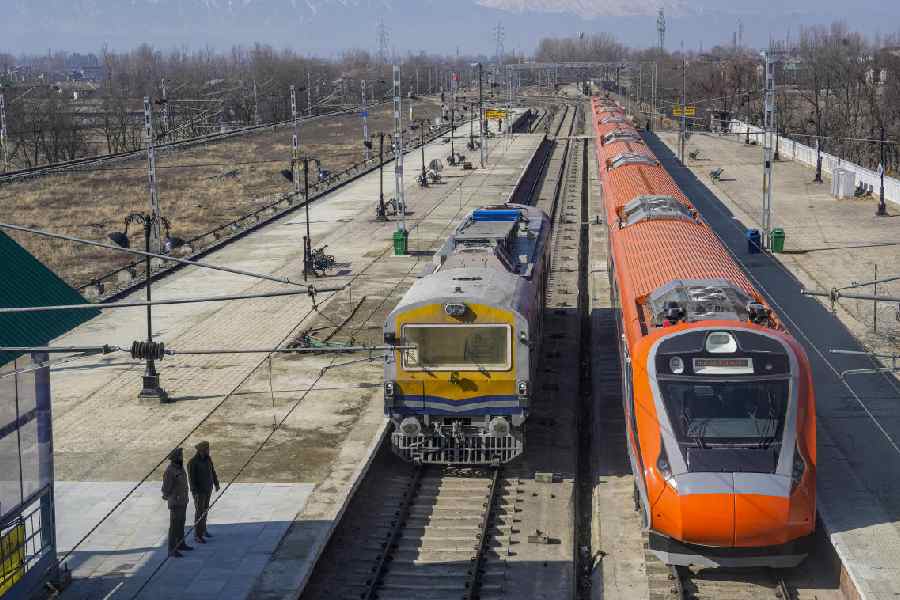 |
| A boy injured in Friday’s mosque blast in a Hyderabad hospital. (Reuters) |
Hyderabad, May 18: Four of the 13 deaths in Hyderabad today were the result of police firing at rampaging mobs.
Six rounds were fired in the afternoon and evening to prevent shops and public property from being damaged, including petrol pumps and ATMs.
One person was killed in the firing in the Moghapura area, while two fell to the police bullets elsewhere. Another lost his life when the police had to pull the trigger to control a mob trying to break into an ATM.
According to police commissioner Balwinder Singh, his men resorted to firing after water cannons, tear gas and baton-charge failed to bring the mob fury under control.
But in a city where wounds of the Babri Masjid demolition still fester, the police are forever on their toes.
Around 35 Muslim youths were put behind bars — under Tada and its successor Pota — after protests and mob fury in the aftermath of the razing of the mosque.
“The youths were in jail for five years, until the Supreme Court let them off,” said K.G. Kannabiran, a civil rights activist and advocate.
Over the years, Hyderabad has become a recruiting ground for extremists with links to ISI operatives. Suspected ISI agents like Junaid and Lashkar-e-Toiba’s Azam Ghori were among those felled in encounters here.
Between 2000 and 2002, the city, along with the rest of Andhra Pradesh, woke up to a new threat: militants using improvised explosive devices (IEDs). These are crude bombs of the sort used in the Mecca Masjid blasts today.
IEDs are made of gelatine sticks, dynamite or plastic explosives, stuffed into tiffin boxes.
One such blast killed three people in the Madina Education Centre in 2001. The same year, a blast at Secunderabad railway reservation centre killed six persons. A bomb strapped to a scooter outside the Saibaba temple in 2003 claimed six lives. Churches have also been under the shadow of such threats.
A human bomb exploded on Dussehra in October 2005 outside the office of a police unit in Begumpet — a stone’s throw from chief minister Y.S. Rajasekhar Reddy’s residence.
As the terror network spread, so did white-collar crime. Hawala operators of the Dawood Ibrahim and Chhota Rajan gangs sprang up. Seven ISI modules were busted in Andhra Pradesh during the tenure of H.J. Dora, the director-general of police in 2002.
This was the period when the Hyderabad-Gujarat terror nexus began to take root.
Gujarat home minister Haren Pandya’s alleged killers were from Hyderabad. Moulana Naseeruddin, who heads a religious sect, is still languishing in a jail in Gujarat, along with 20 youths from Hyderabad, for his alleged role in Pandya’s 2003 murder.
A person was killed when Naseeruddin’s supporters tried to prevent a Gujarat police team from taking the cleric away.










